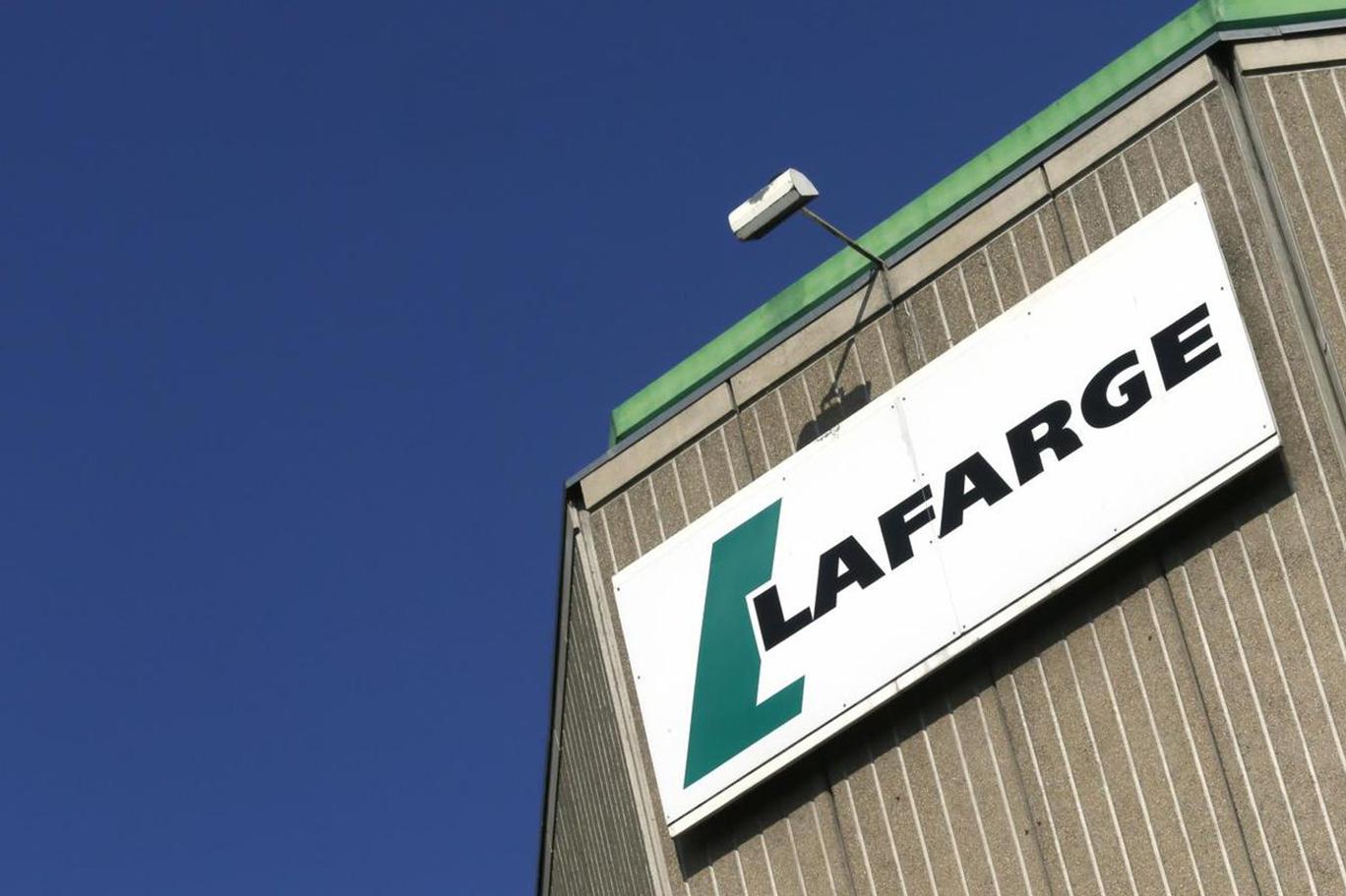The 190-year-old story of cement: Who founded Lafarge and when?
One of the most talked about companies in October 2022 is Lafarge. Because this company accepted the claim that it cooperated with a terrorist organization hated by the world and was sentenced to pay a fine. Here is the story of this incredible event and Lafarge:

Lafarge is the company that moved from Paris, the capital of France, to Switzerland and produces construction materials. There are four main fields of activity: cement, aggregate and concrete, roofing materials, plaster and plasterboard. The Lafarge Group, which was founded in 1833, today has 160 factories in 68 countries and more than 68,000 employees.
Lafarge has been under the management of the Swiss group Holcim since 2015.
Joseph-Auguste Pavin de Lafarge founded Lafarge in 1833. The purpose of its establishment was to produce lime in the limestone quarry.
In 1864, Lafarge signed its first international contract for the export of 110,000 tons of lime. This lime was used in the Suez Canal construction project.
The 190-year story of cement
Lafarge's story goes back 186 years. Joseph Auguste Pavin de Lafarge, who lives in an area with good quality limestone in the village of Teil in the Ardeche region of France, seized the geographical opportunity and started his business with the limestone quarries there.
Realizing that the Rhone river, which is close to where he lives, provides a suitable environment for shipping goods, Lafarge realized that this situation would expand his opportunity and founded the company called “Lafarge Brothers”.
Construction of the Suez Canal marks a turning point
Although the company was founded in France, it grew and prospered thanks to its activities in the Middle East.
In 1864, it was decided to open the Suez Canal, and 200,000 tons of lime were needed for the scaffolding of the canal construction.
Lafarge, which had a production capacity of 50 thousand tons in those days, took this risk and signed the contract he called the "deal of the century".
Scientific studies
Receiving a large income from this business, Lafarge opened its offices in Marseille, Tunisia and Algeria in 1866 to continue the wind it caught in the Middle East and North Africa.
By 1887, Lafarge opened a research laboratory in Teil, where the company was founded, to scientificize its production, and the scientists employed there invented aluminum cement.
Accelerating scientific research, Lafarge developed white cement with new machines.
Networked from Canada to Africa
Having grown by acquiring other cement companies in France, Lafarge's first cement factory abroad was purchased in Canada in 1956.
Incorporating many cement factories in other countries, Lafarge rolled up its sleeves to become a cement monopoly in the world.
By 1985, it also extended to Sub-Saharan Africa and became the owner of cement factories in Spain, Austria, Indonesia and the USA.
After the signing of the United Nations Global Compact in 2003, Lafarge participated in the fight against AIDS and signed a partnership agreement with Care, an international organization fighting against AIDS.
In April 2013, Lafarge adopted a new brand motto "Building better cities". With this motto, they wanted to reflect the group's passion to contribute to the development of cities by developing innovative construction products, solutions and systems.
On April 7, 2014, Lafarge and Swiss Holcim announced that they had reached an agreement for a "merger of equals". The new company's headquarters would be in Switzerland.
In June 2016, France launched an investigation into Lafarge's activities in Syria. The investigation comes after reports by French journalist Dorothée Myriam Kellou, published by Le Monde and FRANCE 24, that revealed deals between Lafarge and a number of armed groups (Daesh/ISIS - the Islamic State of Iraq and al-Sham).
October 2022
French cement company Lafarge, which accepted the accusation of "aiding ISIS", will pay a fine of 777.78 million dollars. The US Department of Justice described the case, in which Lafarge pleaded guilty, as an "unprecedented" development that reflects the "extraordinary crimes" the company has committed in Syria over several years. However, the Lafarge case, which was completed in the USA, is still under investigation in France.
Between 2013 and 2014, Lafarge sent approximately $6 million to Daesh/ISIS and Al Nusra to keep the Çelebiye Cement Factory in Syria operated by its subsidiary Lafarge Cement Syria (LCS).
In return for these payments, Lafarge earned $70 million from the Çelebiye Cement Factory, which continues its operations.
U.S. Deputy Attorney General Lisa Monaco stated in August 2013 to October 2014 that Lafarge took advantage of Daesh/ISIS's control of Syria to suppress competition and increase market share in the region.
The U.S. Department of Justice reported that Lafarge used its agreement with the terrorist organization Daesh/ISIS to “incur a cost to its competitors importing Turkish cement into northern Syria,” since Turkish cement is “generally sold cheaper” than that produced at the Çelebiye Cement Factory.
In the statement made by the ministry, it was stated that the executives of the company's Syrian branch, LCS, requested that they stop the sale of Turkish cement imported from Daesh/ISIS in exchange for the payment of 750 Syrian lira per ton of cement sold, or increase the cement prices of LCS by imposing taxes on competing products.
Deputy Minister Monaco drew attention to the fact that the French cement company conducts active e-mail correspondence within the company not only to enable the "operations of the terrorist group", but also about what Daesh/ISIS's share of the "profit cake that it plans to obtain from the illegal partnership" will be.
It was reported that after the connection between the company and Daesh/ISIS was revealed, the defendants took action to hide the evidence, but the e-mails that were tried to be hidden within the scope of the investigation were revealed.
